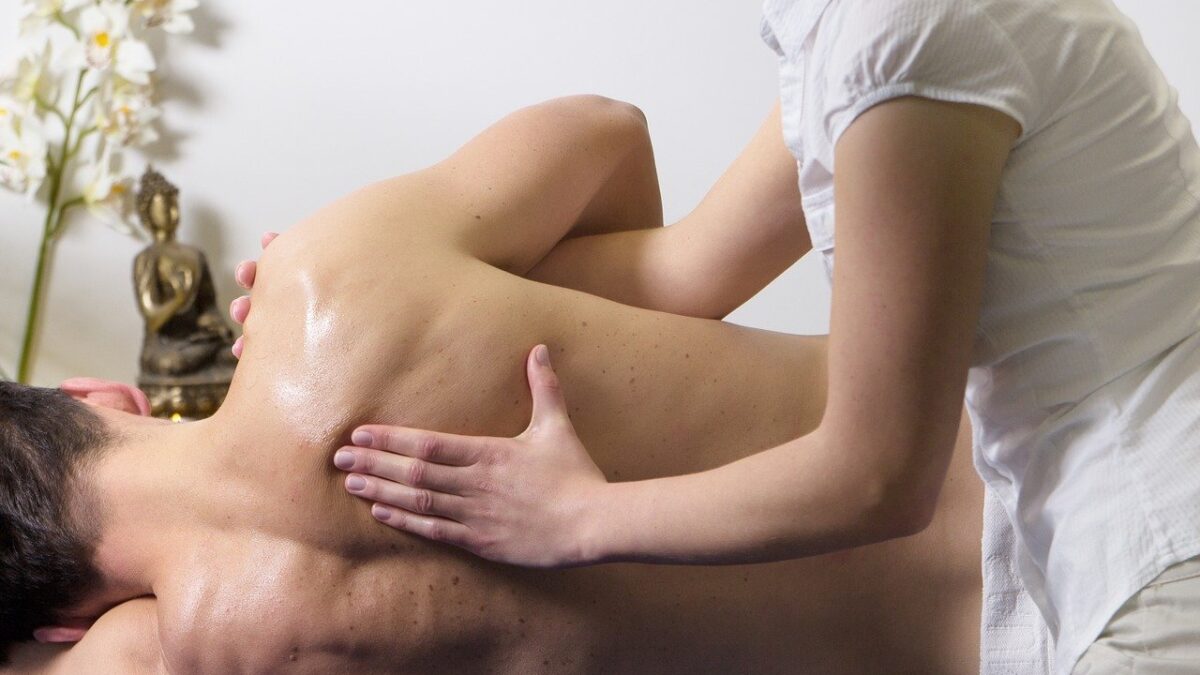Physical Therapy is the uprising branch of medical sciences that helps you get rid of certainly all kinds of issues under your roof. They are well trained for all kinds of pain management.
It is beneficial because it not just treats the symptoms but also removes its root cause. Ask your physical therapist for the number of sessions they require for the same.
What Is Pain?
Pain is an unpleasant sensation felt over a certain area or region over the body when related to a disorder or an injury. It can be acute or chronic. It can be acute if it is present for over a short period or can be chronic if lasting for more amount of time.
- Back pain Every four out of five people are presented with a complaint of back pain. Due to an unhealthy lifestyle and wrong postures
- Headache migraine and cluster headaches are commonly seen among people. Due to long screen time. The blue light has caused to affect people’s lives
- Joint pain from middle age to older age from men to women most of them suffer from some sort of knee pain. Physical therapy can be an essential solution for them
- Spot injuries there is a separate field in physiotherapy which deals with sports and sports-related injuries. Athletes have counted on to be the future of the nation taking care of their health is of utmost importance
- Sciatica is faced by many people due to long-standing work, muscle wasting of leg, or nerve injury. The sciatic nerve is irritated or damages which gives rise to it. It is also treated through physiotherapy
- Neurological injuries various condition such as stroke can lead to loss of motor function and injury and pain to the spine which can be well battled with the help of physical therapy
- Tmj dysfunction the pain associated with TMJ dislocation ad inflammation. There is pain and compromised movements of the jaw muscles.
- Shoulder pain people are commonly affected by frozen shoulder and mobility issues which can be resolved
What Does A Physical Therapist Do?
The physical therapist determines the area which has caused the discomfort
They evaluate by asking the question that from when it began? Type of pain? How does it feel? Relieving and aggravating factors? The triggers for the same?
Based on the diagnosis and evaluation the treatment plan is carried out. The modalities are planned
How Does It Work?
The Treatment May Be Involved
- Heat therapy, cold therapy – these modalities are decided to post the diagnosis on of the type of inflammatory condition the patient faces
- Aerobic or cardio exercises are basic low-intensity warm-up exercises that help relieve the pain by increasing the blood flow over the affected area
- Strength training the patient is made to lift lightweight to strengthen the muscles and increase the endurance and helps one to stay fit.
- Posture correction a physical therapist identify the faulty posture and correct it by providing hands-on treatment
- Manual therapy involves kneading and manipulation of the musculoskeletal tissue which helps in reducing swelling, inflammation, and stiffness
- Cupping It is the ancient Chinese technique that brings that about relaxation by keeping cups over the affected area which suction out the blood
- Hydrotherapy is done n a rehabilitation setting where the procedure is carried out in warm water to relieve pain and muscular tension
- Massage – It can be Swedish or deep tissues depending upon case to case. It manipulates the soft tissue causing to loosen up causing the muscles to increase blood flow, thus causing pain relief
- Yoga It is the ancient traditional practice where one holds a certain fixed posture for a few seconds to minutes which increases flexibility and strengthens the muscle.
- There are also certain advancements to it which include ultrasound, electrotherapy, transcutaneous electric nerve stimulation (TENS), kinesiology, and lasers. It all depends on the kind of experience the therapist has gained.
Conclusion
If the question is that does the physical therapist aid all kinds of pain? Then the answer is yes. It is the branch that deals with pain management of the patient while causing rehabilitation. Helping patients to restore balance and stability in life.


